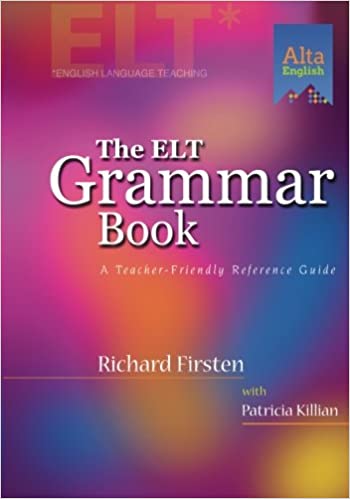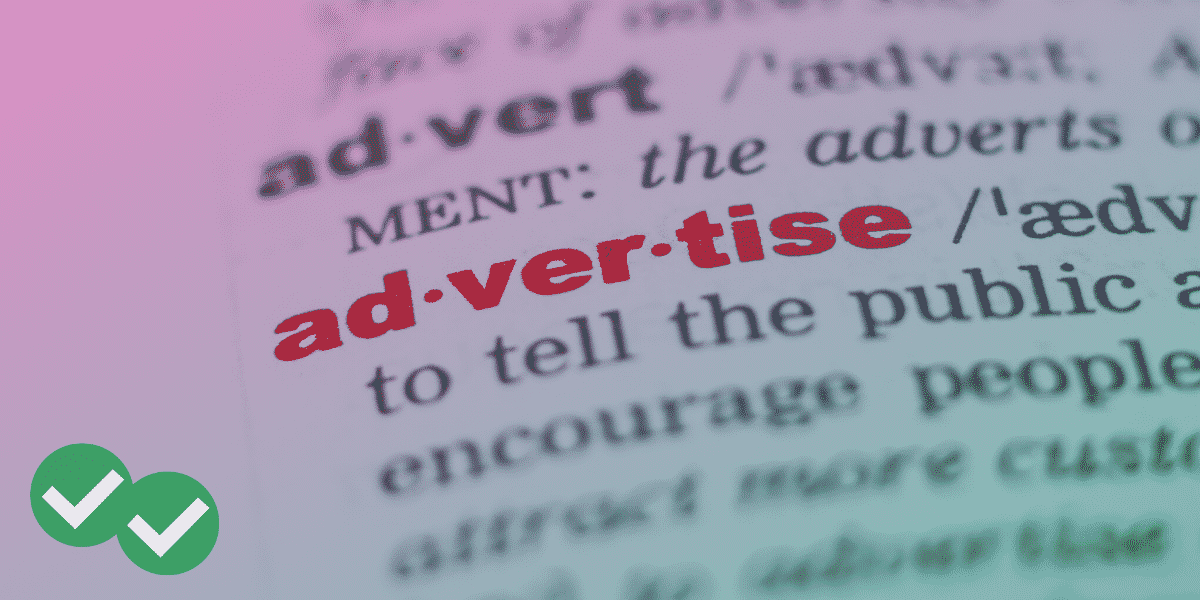Recently, I did a series of posts on different kinds non-countable nouns. What I didn’t mention is that non-countable nouns sometimes have different quantifying adjectives, ones that aren’t used with countable nouns.
This idea may seem a little confusing at first. It may help if I define what a quantifying quantifying adjective is. Quantifying adjectives are adjectives that describe the amount of something, without specifically measuring it. For example, the quantifying adjectives much and many suggest a large amount of something, without giving the exact amount. And the quantifying adjectives little and few suggest small, not-specifically-measured amounts.
In this post, we’ll look at the common quantifying adjectives that are used to describe non-countable nouns. We’ll also look at the quantifying adjectives that go with countables. Let’s start with the four quantifying nouns that I mentioned in the paragraph above.
Much and many
Much only modifies non-countable nouns.
EX: There was much joy when we heard the good news that we were being paid much money.
Many is used only with countable nouns.
EX: There are many people living in the many houses on that street
Little and few
Little can only describe non-countable nouns.
EX: Because there was so little fire, people noticed little smoke.
Few should be used only to modify countable nouns.
EX: She made very few hamburgers, so she only was able to sell a few hamburgers.
A lot and lots of
Like much and many, a lot of and lots of are used to describe a large amount. Unlike much and many, a lot of and lots of can be used much more flexibly. Both words can describe countable or non-countable nouns.
EXs:
Trees have a lot of leaves that absorb a lot of sunlight.
He put lots of chocolate chips and lots of sugar into the cookie dough.
A little bit
A little bit can only be used with non-countable nouns.
EX: If you put a little bit more effort into this, I’m sure you can have a little bit more success.
Plenty of and enough of
Plenty of and enough of can be used with both countable and uncountable nouns. Like much, many, a lot, and lots of, plenty of and enough of suggest a large amount. Plenty of and enough of have an additional connotation of a sufficient amount.
EXs:
They put plenty of thought into their plans, and were able to think of plenty of ideas.
He’d heard enough of the rock band’s music and bought enough of their CDs, and now he was getting bored.
No
No suggests zero quantity of something. It can modify both countable and non-countable nouns
EX: We have no pens and no ink, so we can’t write anything down on paper.






Leave a Reply